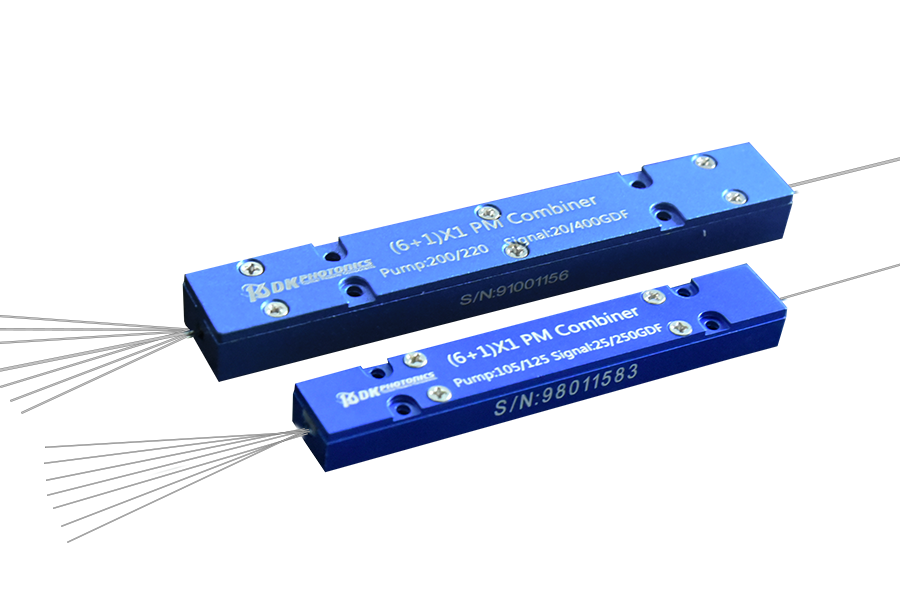Based on different shapes, the optical fused couplers are widely categorized. And the thing is every category has several features and is used in multiple applications. Most importantly, the different shapes of the optical fused coupler bring efficiency and effectiveness to the job.
The two of the categories are a star and T couplers. Both are widely used in different applications and perform well but people often review that the star coupler is better than the T coupler. According to them, star couplers perform better and give good results.
In this post, we will discuss why a star coupler is better than a T coupler. But, before that, we will brief you about both the coupler types.
T Coupler- A brief introduction
Shaped like T, the T optical fused coupler is a three-port optical coupling device. Three ports mean one input port and two output ports.
As a passive device, the T coupler splits the optical power from the input port into two output ports, giving the essence of an optical splitter. People prefer the T coupler because it distributes most of the optical input power to one output and only a small amount of power to the secondary output. This is the uniqueness of T optical fused couplers that other couplers don’t have.
The T coupler is also known as an optical tap. It’s because the majority of the power continues forward, but a portion of the signal gets tapped, which is used for an output port. T coupler is a 1×2 coupler.
The T coupler is commonly used to supply optical signals to a bus-type network of in-line terminals.
Star coupler- A brief introduction
Unlike T couplers, the star couplers have multiple ports (input and/or output). Many applications require multiple ports for proper signal transmission. In star couplers, the optical power is equally distributed from one or more input ports to two or more output ports. The star coupler with four input ports and four output ports is considered one of the basic options.
Tree coupler, one of the special versions of the star coupler, is used for one input port and multiple output ports or multiple input ports and one output port.
The star coupler is commonly used in network applications that have a large number of output terminals.
One major difference between star and T coupler is that the former has only one coupler insertion loss regardless of the number of ports and later has interconnection insertion loss and coupler insertion loss at each T connection. The one coupler insertion loss makes a multiple port star coupler more efficient than a series of T couplers.
The star coupler is better than the T coupler
- Only one insertion loss is caused by the start coupler, remaining insertion losses are from the interconnections.
- Advantageous because of the increased number of ports
- Disconnecting a terminal from the star coupler will not impact the operation of the other terminals, unlike the T coupler. If a terminal is disconnected from the T coupler, the other terminals down the line will not receive an optical signal.
Star optical fused couplers are better than T optical fused couplers. But, before you use them, know your job requirements properly.


Leave A Comment